Pueblo, Corn Mountain
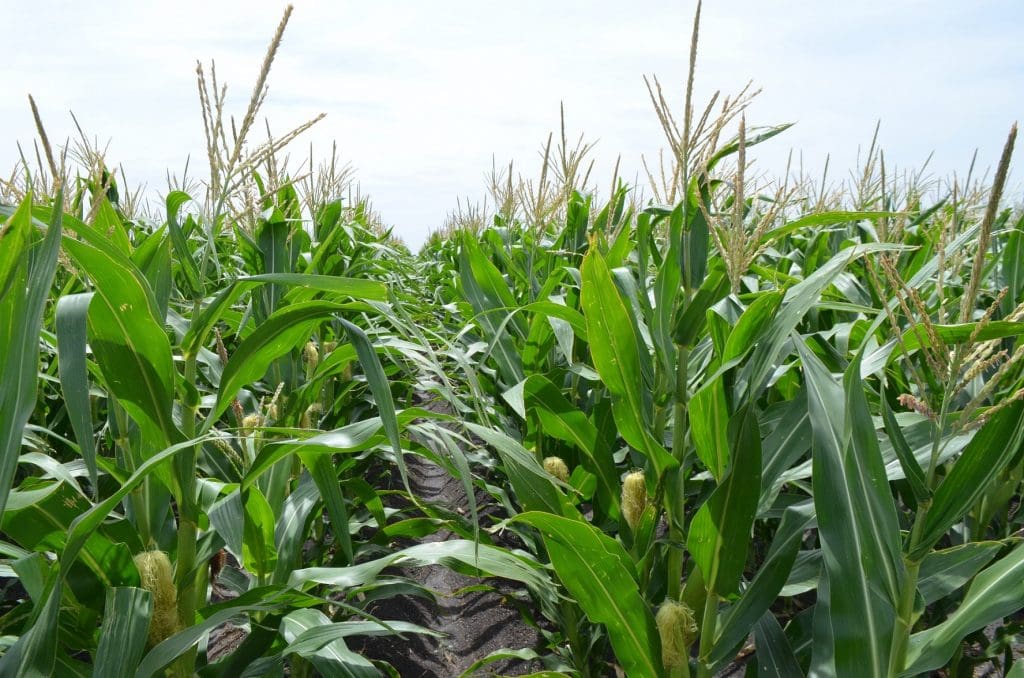
Can you hear the corn grow? Grain Central
See Our Products. Milberger Farms is a family-run operation on a 400-acre fresh produce farm in Pueblo, CO. They raise a wide variety of fruits and vegetables. You can also join them for one of their Friday night cruises, or their fall festival with a corn maze, pumpkin patch and lots of games for the kids, and even a Christmas craft show!

Pueblo Voices Corn YouTube
Acoma Pueblo isn't alone in the effort to revive traditional farming practices, "rematriate" seeds, teach young farmers, share Indigenous food, and steward time-honored lifeways. Burgeoning Indigenous agriculture is underway at Taos Pueblo's Red Willow Center, which began as a volunteer-built demonstration project.
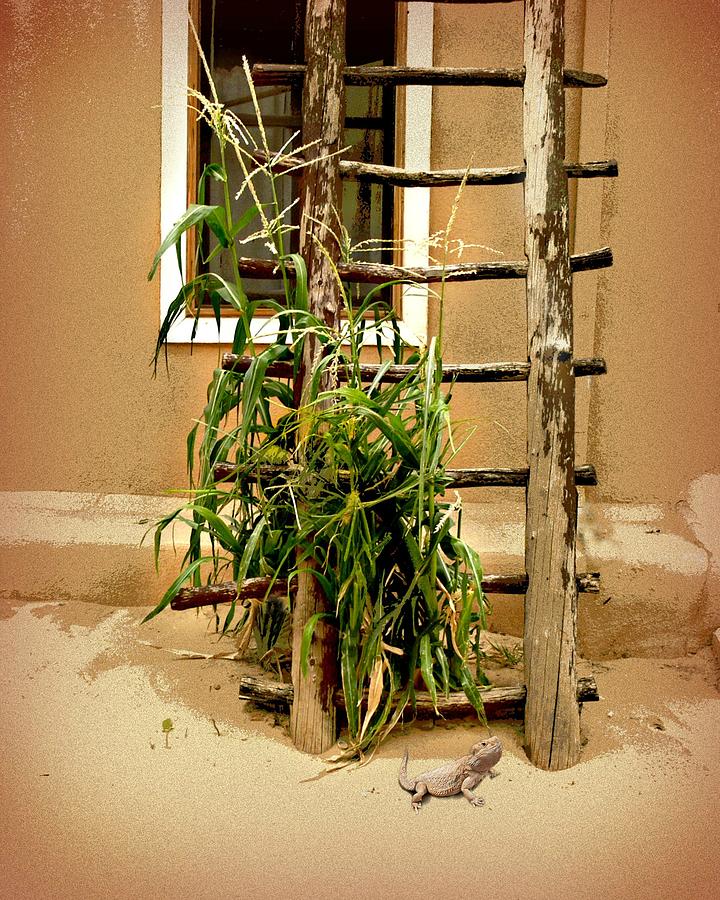
Pueblo Corn Field Photograph by Dale Paul
The Pueblo Farming Project is a collaboration between Crow Canyon and the Hopi Cultural Preservation Office to understand ancient maize (corn) agriculture in the Mesa Verde region through documenting traditional ecological knowledge, experimental gardens, and genetic analysis.Since summer of 2008, traditional Hopi farmers have traveled to Crow Canyon to plant maize gardens on the Crow Canyon.

Ira Block Photography Corn Dance, Santa Clara Pueblo, NM, USA
7.1 The People of Corn. 7.1. The People of Corn. Pueblo people living in the southwestern United States have been successful farmers for millennia. This lesson introduces students to Pueblo maize agriculture and its connection to the resilience of Pueblo culture. Download the PDF versions of the long or short sessions. Preparation. Long Session.

Pueblo, Corn Mountain
Corn has continued to be central to the Pueblo diet and celebrated in traditions and ceremonies. Bandelier Collections. Food for Another Day. Corn has been raised by indigenous people of the Southwest for more than 4,000 years. Its use by the Ancestral Pueblo people of the Pajarito Plateau came much later - about 800 years ago.

Native American Myths & Legends Corn Mother is found in the
Step into the Pueblo world and discover the depth and diversity of Pueblo communities in the Rio Grande Valley. Accompanied by extraordinary Pueblo educators, enjoy a unique opportunity to experience deeper dimensions of Pueblo lifeways: Attend a Corn Dance at Kewa Pueblo, visit talented jewelers and potters, and learn to visit ancestral places and sacred landscapes with respect.

Pin on New Mexico
Pueblo Seed grows organic open-pollinated seeds, varietal peppers, garlic & heritage grains on our farm in Colorado. We make food products from our seed at 25 N. Beech Street in downtown Cortez and ship nationwide.

'Pueblo Corn Dancer' by David Hyams Antiques, Fine art, Gallery
The Ancestral Pueblo people depended on agriculture to sustain them in their more sedentary lifestyle. Corn, beans, and squash were the most important crop items. Called the "three sisters", these foods were essential to survival because together they provided for many of the people's nutritional needs. For example, when eaten together corn and.
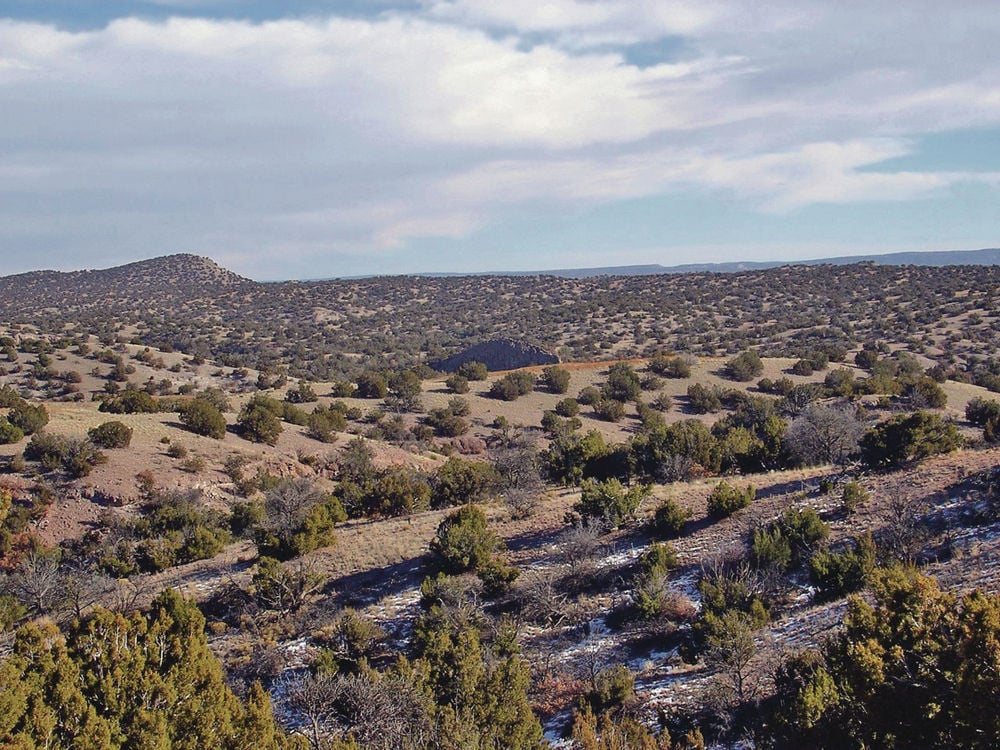
Burnt Corn Pueblo site in Galisteo Basin gets federal protection
The Art of Dry Farming. Corn, beans, and squash were the major cultivated crops of the Ancestral Pueblo people. photo by sally king. "Farming is the backbone of Pueblo culture and traditions.…our lifeline. When we farm, we have food; When we farm, we have togetherness; When we farm, we have continued existence." Affiliated Pueblo Committee.
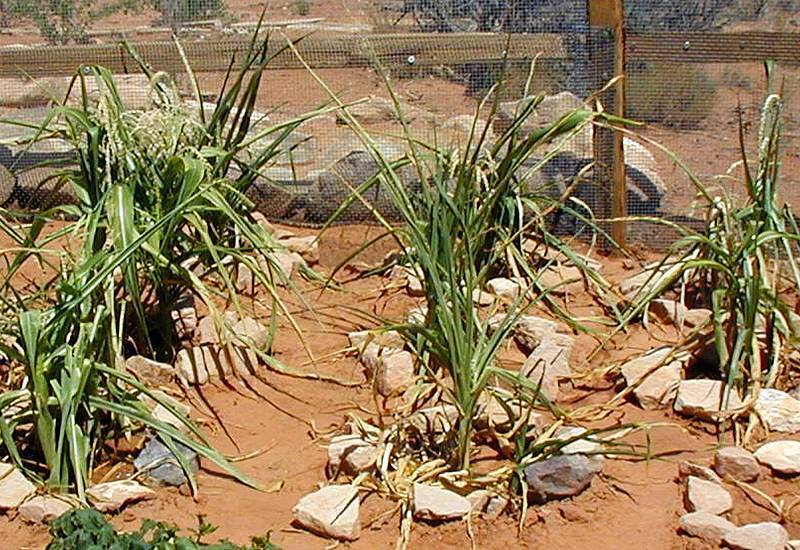
Agriculture
On a windy winter day in Acoma Pueblo in north-western New Mexico, Aaron Lowden knelt beside a field near the San Jose River, the tribe's primary irrigator for centuries.. "Our corn relates.
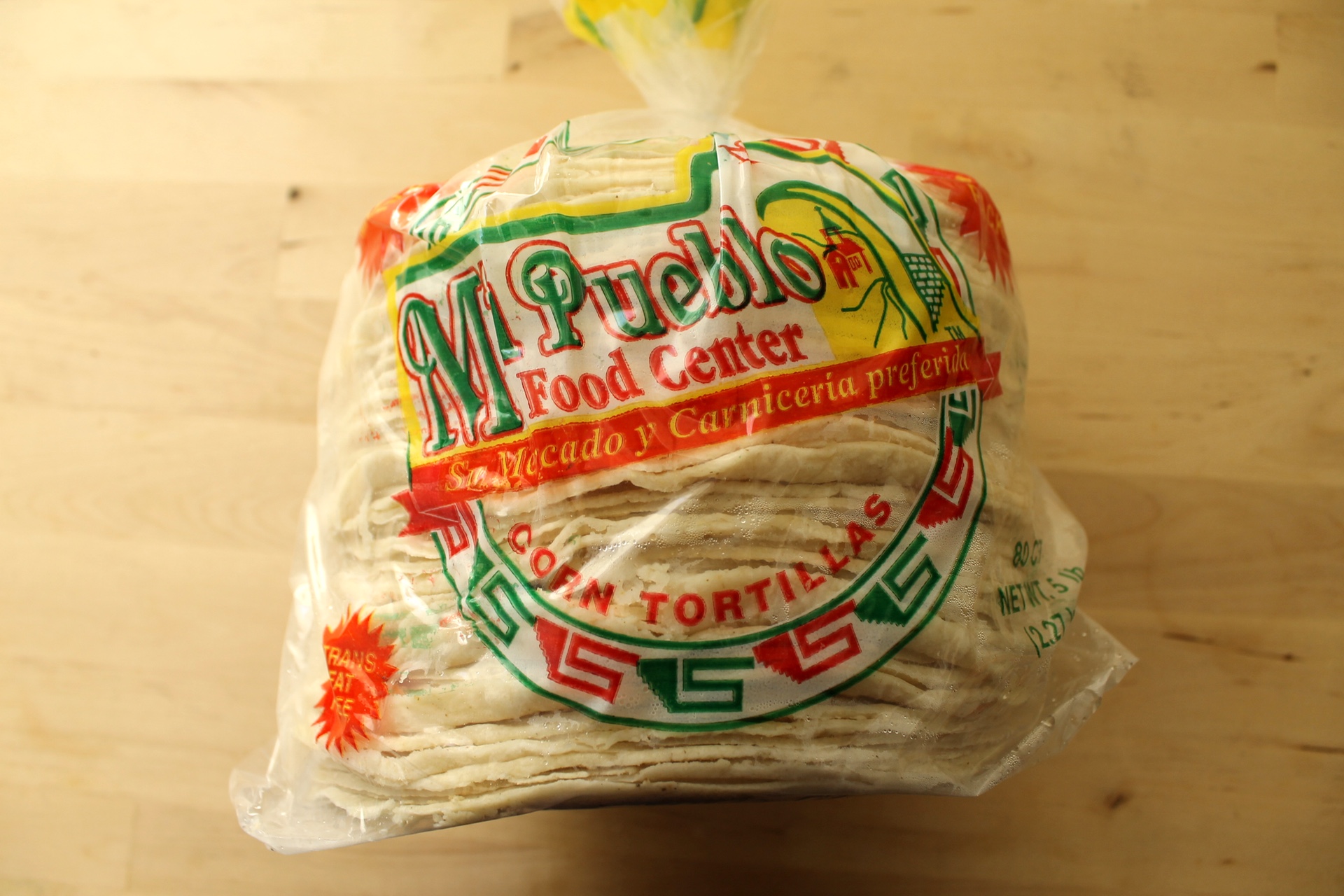
Taste Test Bay Area Corn Tortillas are on Point KQED
Instructions. Heat the oil in a large skillet. Add the onion and sauté until translucent. Add the garlic and bell pepper and continue to sauté until the onion is golden brown. Add the corn kernels, pinto beans, tomatoes, and seasonings. Stir well and simmer for 10 to 15 minutes. Season to taste with salt.
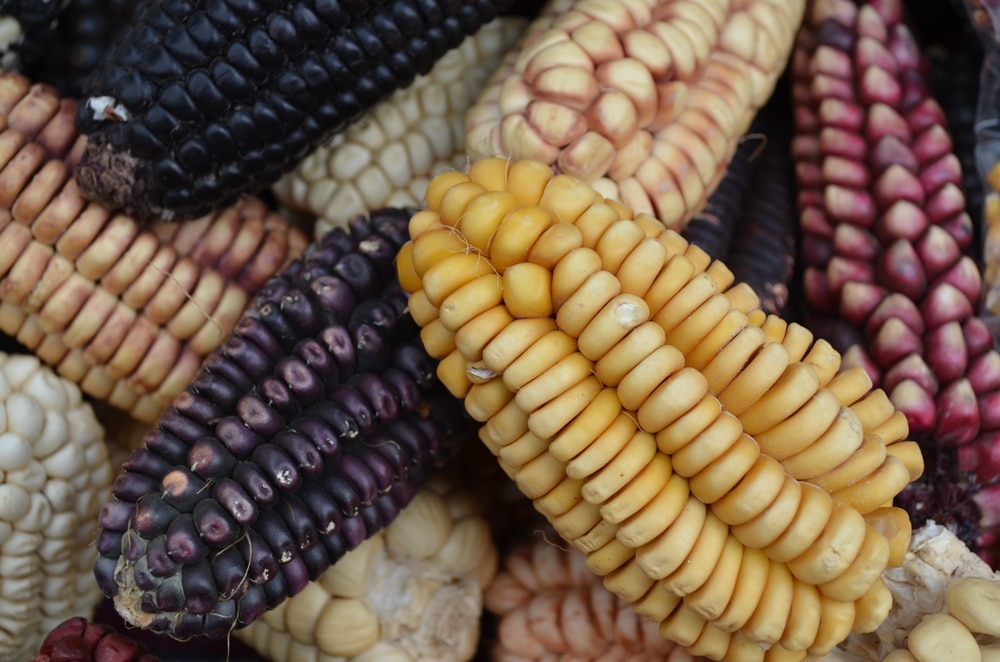
Finding the Right Variety of Corn Seeds EcoFarming Daily
Ancestral Pueblo culture, prehistoric Native American civilization that existed from approximately ad 100 to 1600, centring generally on the area where the boundaries of what are now the U.S. states of Arizona, New Mexico, Colorado, and Utah intersect.The descendents of the Ancestral Pueblo comprise the modern Pueblo tribes, including the Hopi, Zuni, Acoma, and Laguna.
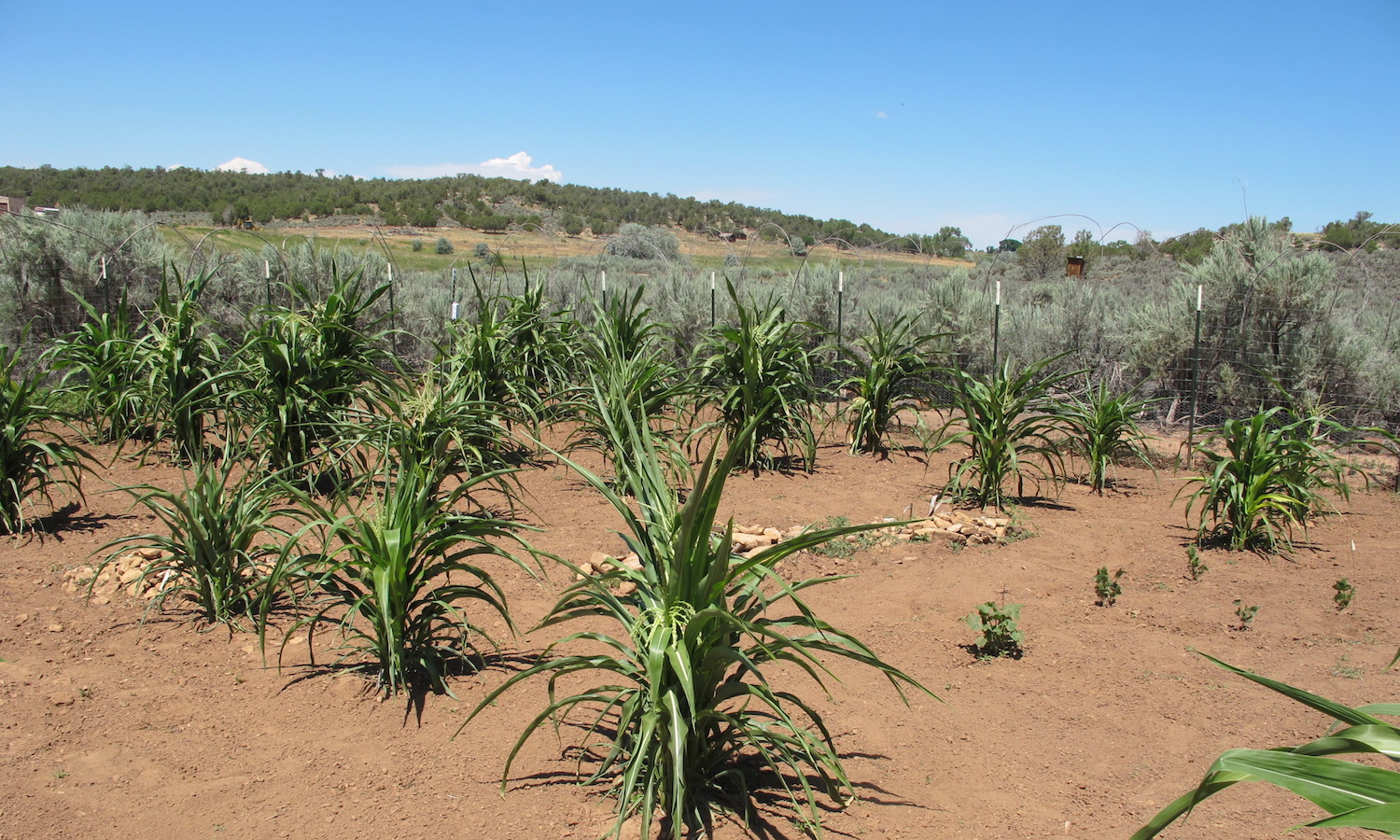
4.2 Heat and sunlight The Pueblo Farming Project
Season to taste with salt. Remove from the heat. Bring 5 cups of water to a rolling boil in a heavy saucepan or double boiler. Slowly pour the cornmeal into the water in a thin, steady stream, stirring continuously to avoid lumping. Add the salt and cook over very low heat, covered, for 20 minutes, stirring occasionally. Preheat the oven to 375°F.

Pueblo Corn Pie [Vegan] One Green
Artifact Gallery - Corn. Corn, along with beans and squash was the mainstay of the Ancestral Pueblo diet. These corn cobs are over 800 years old. The corn grown in this region was mostly dry-farmed, meaning that fields were not irrigated, but depended on only the snow and rain that fell each year. Growing Corn in a Dry Climate Snow melt was.
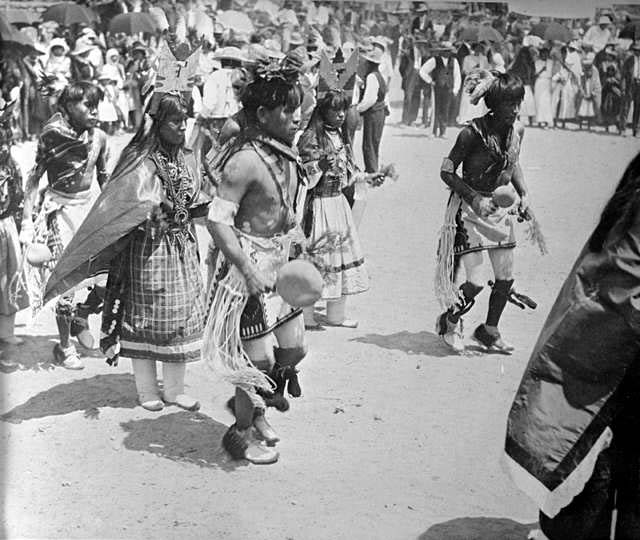
San Felipe Pueblo Indians, Insanity, and American History Blog
What is a Corn Mother? From Taos, New Mexico to the Hopi mesas of Arizona, the oral traditions of story continue to shape the living culture of the Pueblo peoples. Historically, one central figure in these traditions has been the Corn Mother, the giver of life. This legendary entity is important to the Pueblo cultures, as she is synonymous with Mother Earth and represents growth, life.
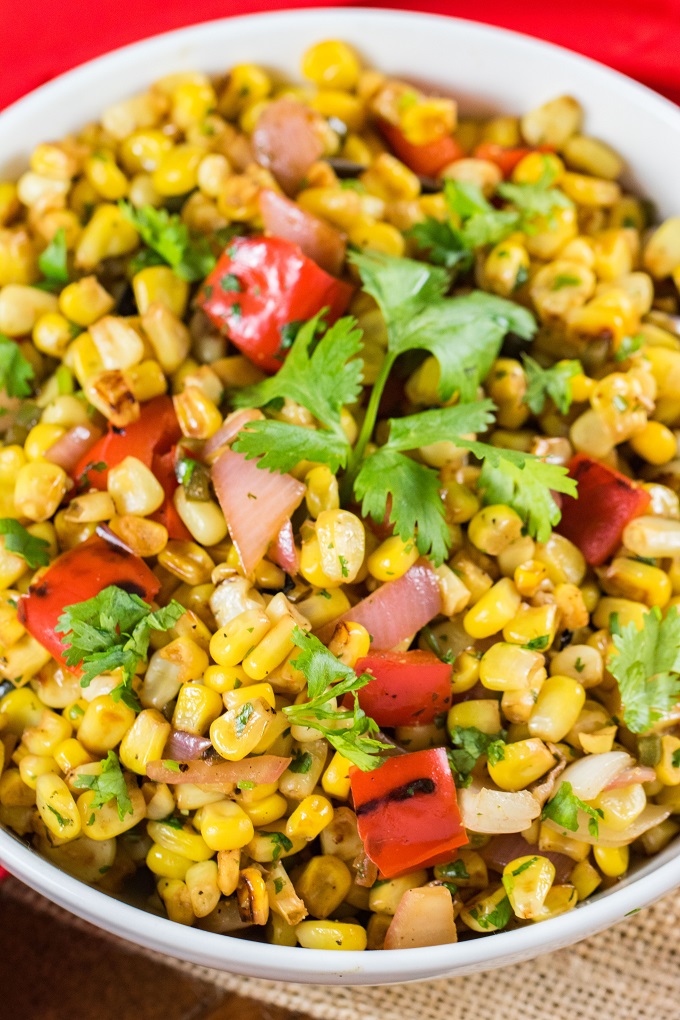
Is mexicorn the same as Southwest corn? Eating Expired
The Puebloans, or Pueblo peoples, are Native Americans in the Southwestern United States who share common agricultural, material, and religious practices. Among the currently inhabited Pueblos, Taos, San Ildefonso, Acoma, Zuni, and Hopi are some of the most commonly known. Pueblo people speak languages from four different language families, and.